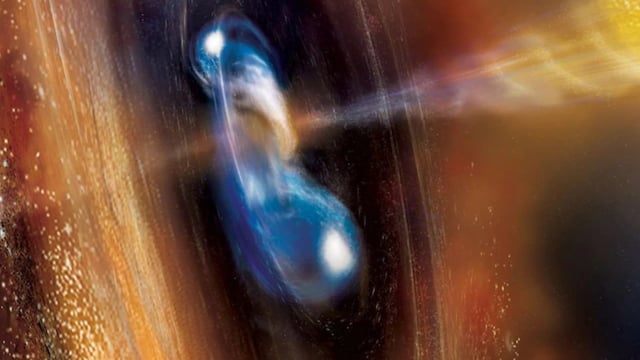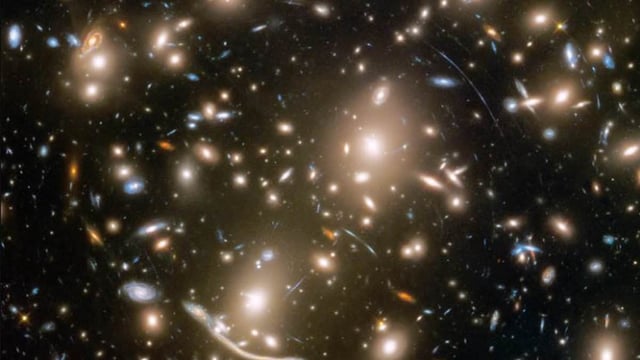Overview
- A Cornell University–Shanghai Jiao Tong University team introduced a dynamic dark energy model combining an ultra-light axion field with a negative cosmological constant.
- The arXiv preprint applies DES and DESI observations to forecast that cosmic expansion will peak in about 7 billion years and then reverse into a Big Crunch around 33.3 billion years after the Big Bang.
- The proposal departs from the cosmological constant paradigm by suggesting that dark energy’s density weakens over time, behaving as a dynamic field rather than a fixed force.
- Researchers caution that limited observational constraints produce large margins of error, leaving alternative scenarios such as perpetual expansion plausible.
- Upcoming astronomical missions are expected to provide higher-precision dark energy measurements capable of testing and refining the collapse timeline.


